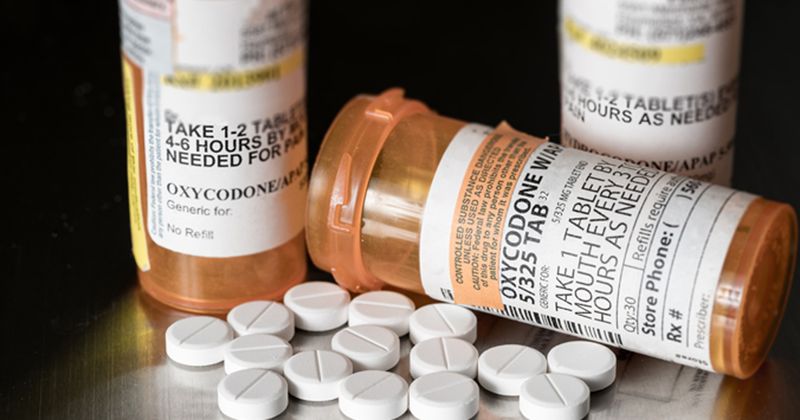High-dose buprenorphine safe, well-tolerated in opioid users
Patients with untreated opioid use disorder responded well to a high-dose induction of buprenorphine in the ED, results of a case series in JAMA Network Open showed.
The Substance Abuse Mental Health Services Administration recommends in its buprenorphine induction guidance that patients start at 2 mg to 4 mg followed by a second dose 2 hours later, with a maximum dose of 8 mg to 12 mg on day 1 and 16 mg on day 2, according to Andrew A. Herring, MD, of the department of emergency medicine at Highland Hospital-Alameda Health System and the University of California, San Francisco, and colleagues.

However, because patients often face barriers in accessing buprenorphine after discharge, a multiday induction pathway may prolong symptoms among patients who present to the ED for opioid withdrawal, the researchers wrote.
Providing a high-dose buprenorphine induction may extend the period after ED discharge without craving, giving patients more time to “navigate the barriers” to follow-up care, according to Herring and colleagues.
In the current study, a high-dose induction was considered greater than 12 mg.
“The advantage over slower, more rigid, buprenorphine inductions is that patients can be more collaborative, rather than being forced into a treatment pathway that may not meet their needs,” Herring and colleagues wrote. “The high-dose pathway allows for a consideration of patients’ social determinants of health, a major issue for most ED patients with opioid use disorder (OUD).”
Herring and colleagues determined the safety and tolerability of high-dose buprenorphine by conducting a retrospective case study at a single, urban hospital in Oakland, California. They extracted data from electronic health records of all ED patients with OUD who received buprenorphine in 2018.
A total of 391 individuals and 579 ED encounters were included in the study. The median age of patients was 36 years; 267 of the patients were men, and 43.5% were Black. Homelessness and psychiatric disorders impacted 22.5% and 41.2% of patients.
High-dose buprenorphine induction was administered by 54 clinicians during 63.2% of encounters, 23.8% of which involved a total dose of 28 mg or greater, the researchers reported. No buprenorphine-related adverse events occurred; nor did any cases of respiratory depression or sedation. Nausea and vomiting were rare, occurring in 2% to 6% of cases. Patients stayed at the ED for a median of 2.4 hours.
“The ED length of stay was remarkably short … thus dispelling the myth perpetuated by many ED clinicians that adoption of ED-initiated buprenorphine is complex and time-consuming,” the researchers wrote.
Overall, they concluded that the high-dose treatment pathway was safe and effective and did not increase the incidence of precipitated withdrawal or adverse events attributable to buprenorphine, including oversedation.
“The extended opioid blockade provided by the high-dose pathway may impart more substantial overdose protection and more effective blunting of the euphoric and reinforcing effects of any opioids used in the high-risk window following ED departure prior to engagement in follow-up care,” Herring and colleagues wrote. “The increasing prevalence of high-potency illicit opioids, such as fentanyl and fentanyl analogues, likely increases the risk of overdose after ED discharge, making the protective properties of buprenorphine all the more important.”
